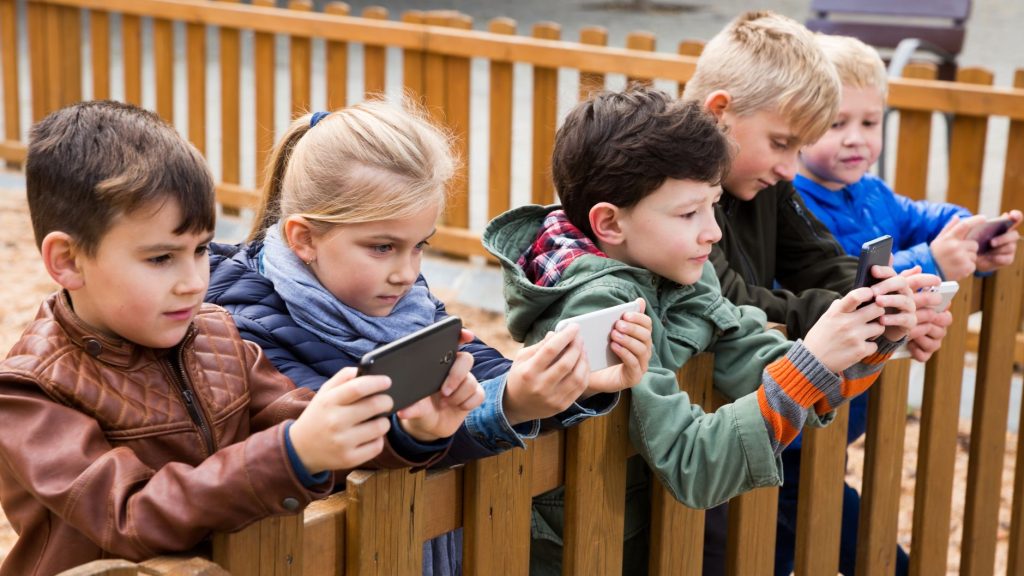As a mother of three growing children, I’ve witnessed the explosion of mobile games, apps, and social media over the past decade. Everywhere you look, the world is becoming increasingly digital; more screens, more screen time, more applications, and more people engrossed in their phones, shutting out the ‘real’ world.
People of all ages are developing a screen addiction. The dopamine rush from new messages and endless scrolling once provided a pleasant high, but now leaves us feeling empty without it. Mobile phones and tablets are incredibly addictive and harmful, especially for kids. Young children increasingly roar and resist any attempt to pull them away from screens. Adolescents in schools are constantly on their phones, interacting less with their peers and parents. And let’s not even start on the dangers of social media and the lack of safety for vulnerable children (which child isn’t vulnerable?).

More and more studies show that digital screens harm children in every way: mentally, physically, behaviorally, and cognitively. In contrast, it’s proven that kids develop much better when they engage their fingers, bodies, and brains in real-world activities, using all their senses. Yet, the hours children spend playing are decreasing worldwide.
Thankfully, change is on the horizon. In several European countries, mobile phones and tablets have been banned in schools since early 2024, as they harm adolescents’ concentration and social interactions. Teachers are thrilled, reporting that “the playgrounds are buzzing with laughter and energy again,” and even the students find the experience more positive without phones during school hours.
It’s clear that the digital industry is booming, with powerful players spending billions to hook young people and convince governments of the need for more digital elements. But where does the real world fit into this digital onslaught?
Kids need more real-world play options, especially in public places like restaurants where families seek quality experiences. They need more incentives, or at least more options, to play physically at home or outside—to get dirty, feel real pain when something goes wrong, instead of just losing a life in a game. Why? Because playing teaches children how to learn, forming the foundation of their development.

